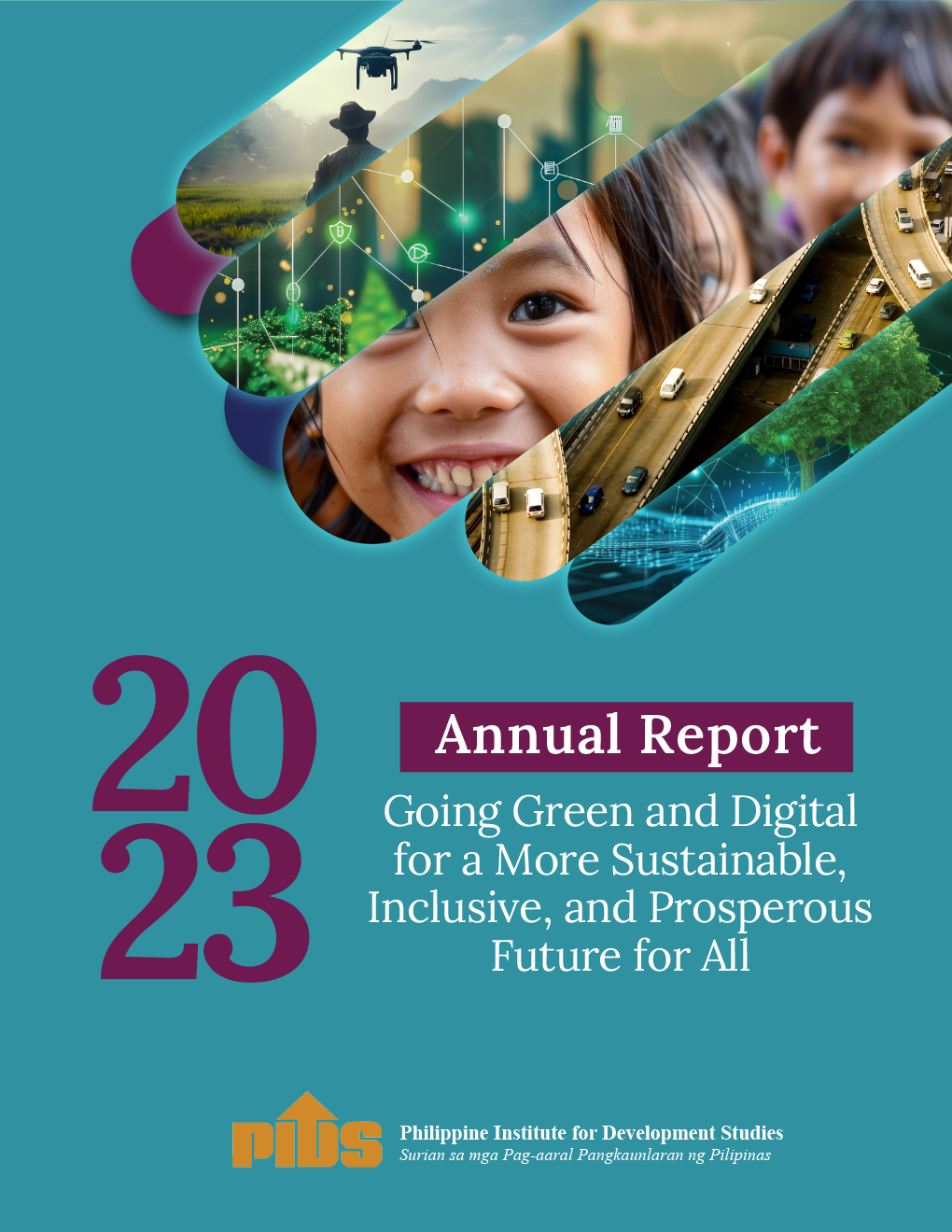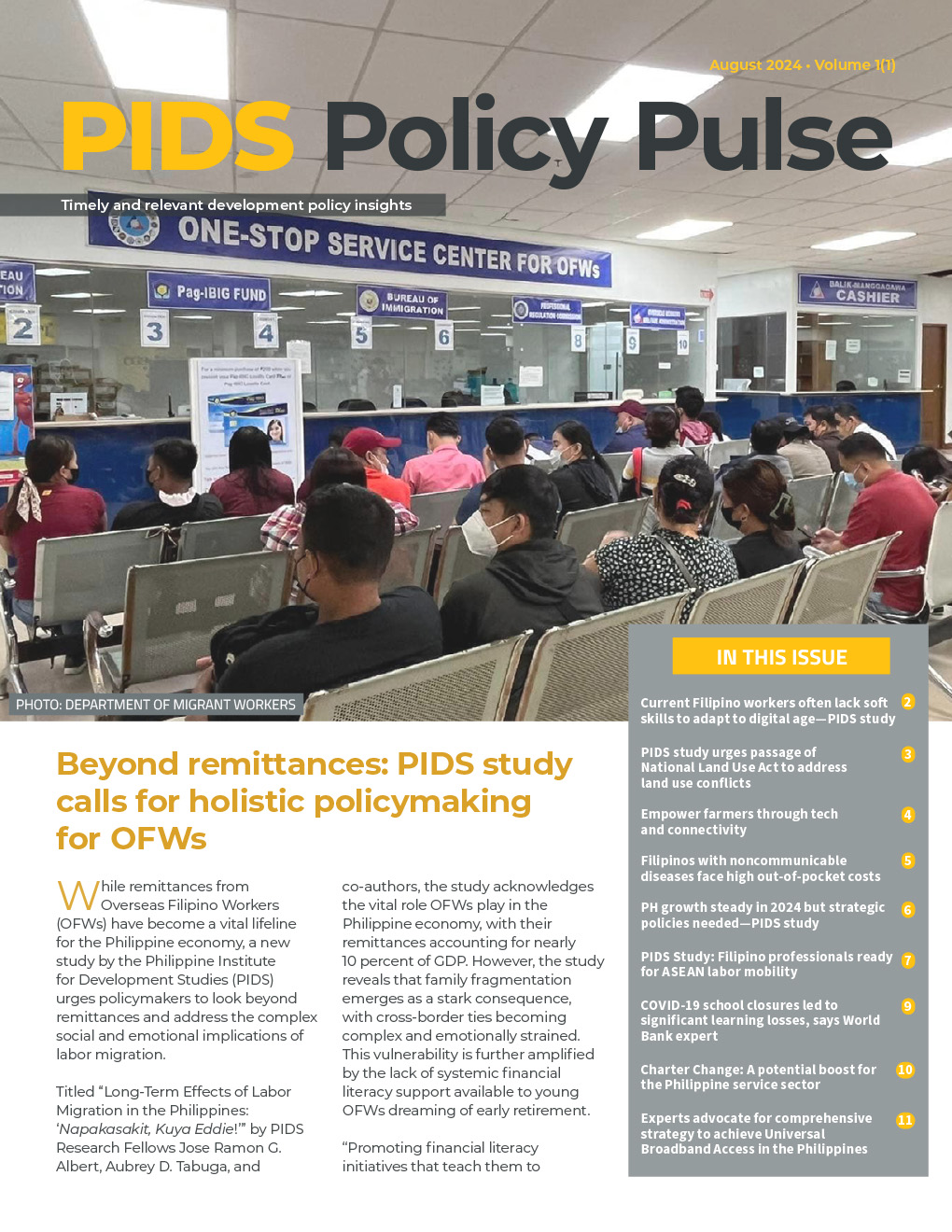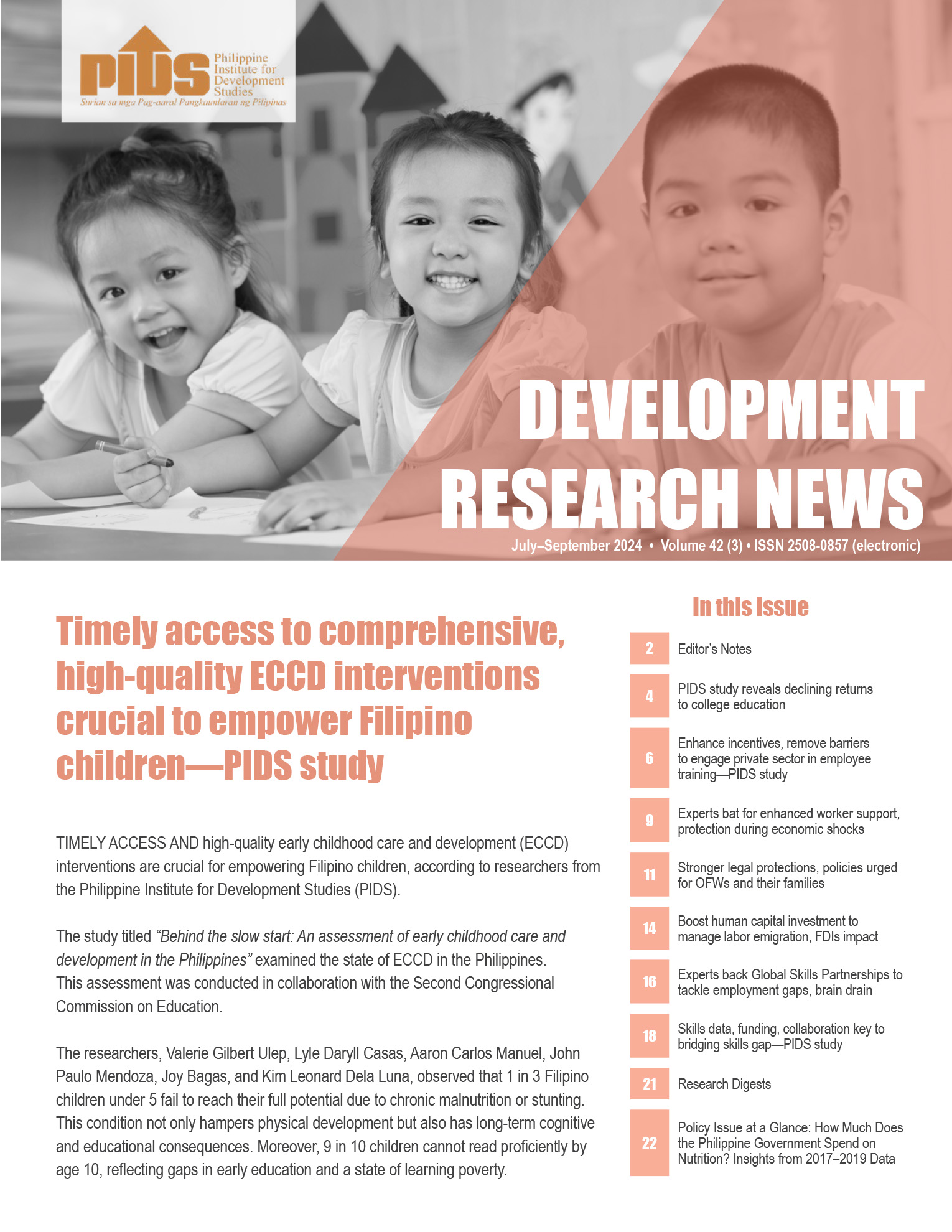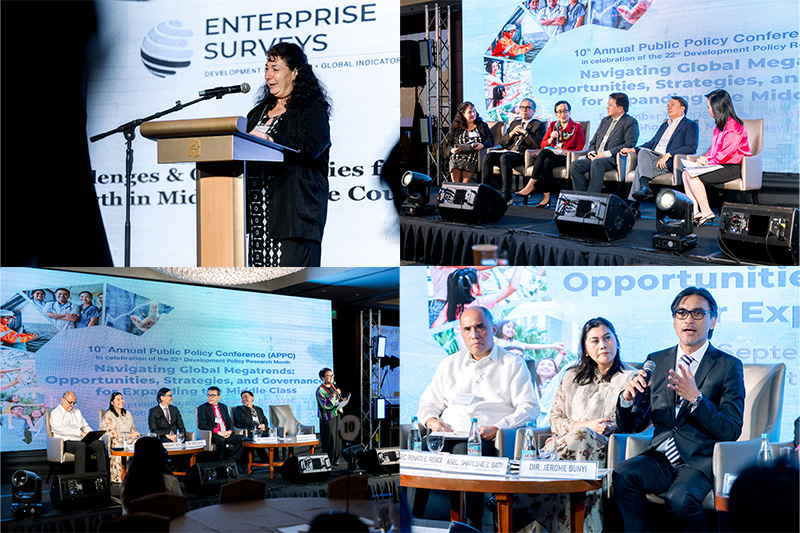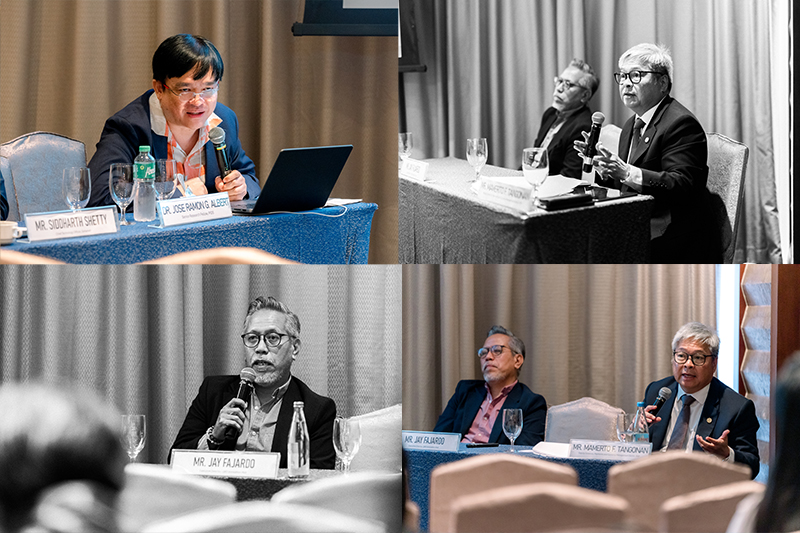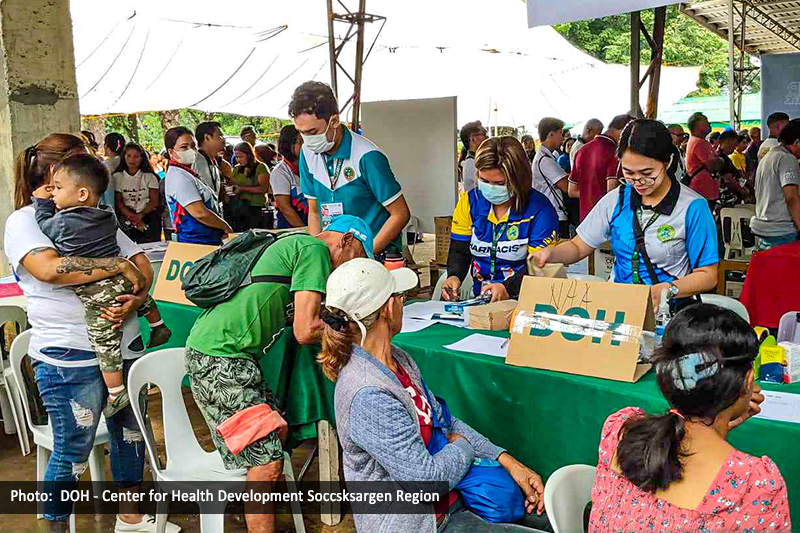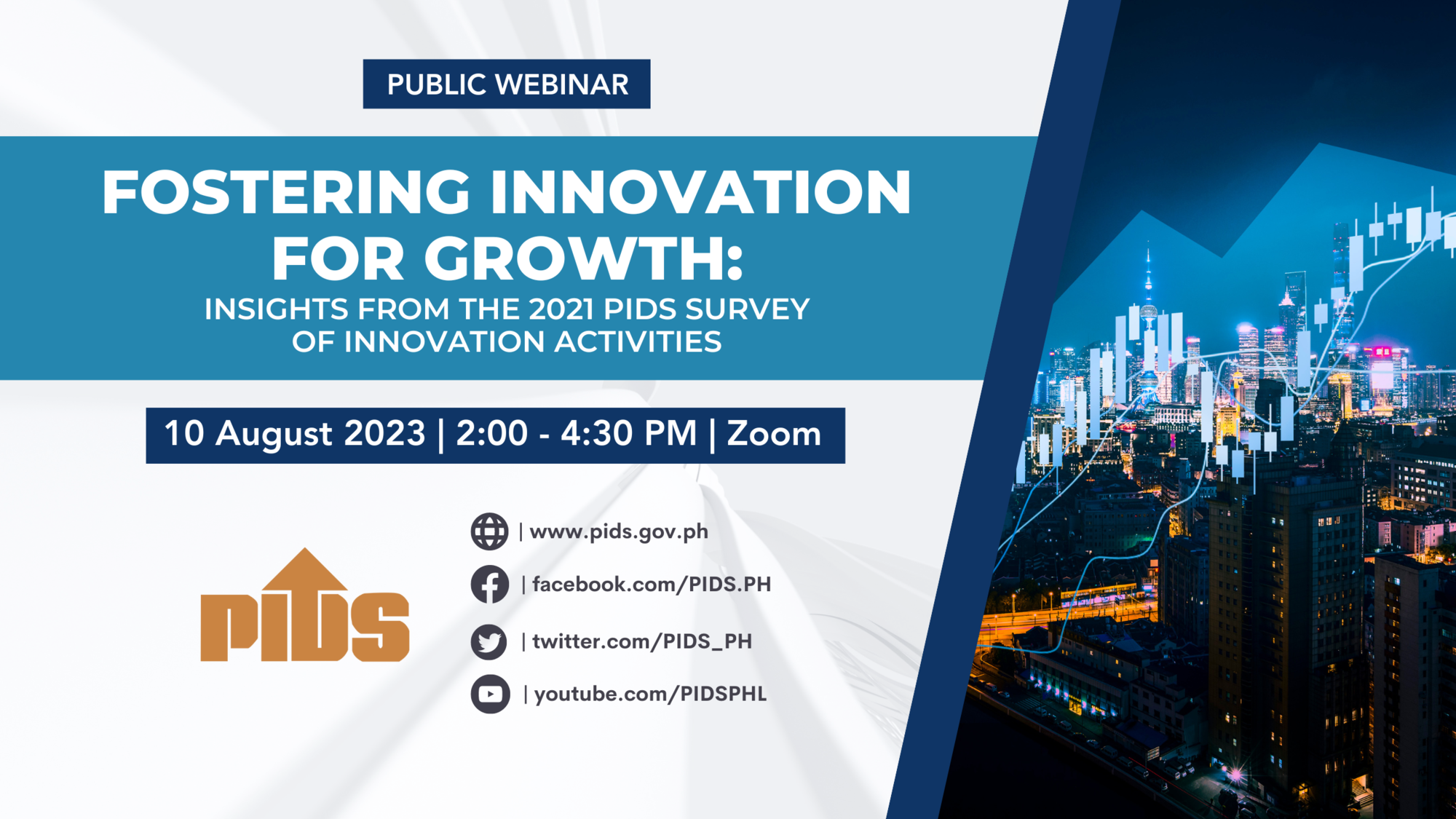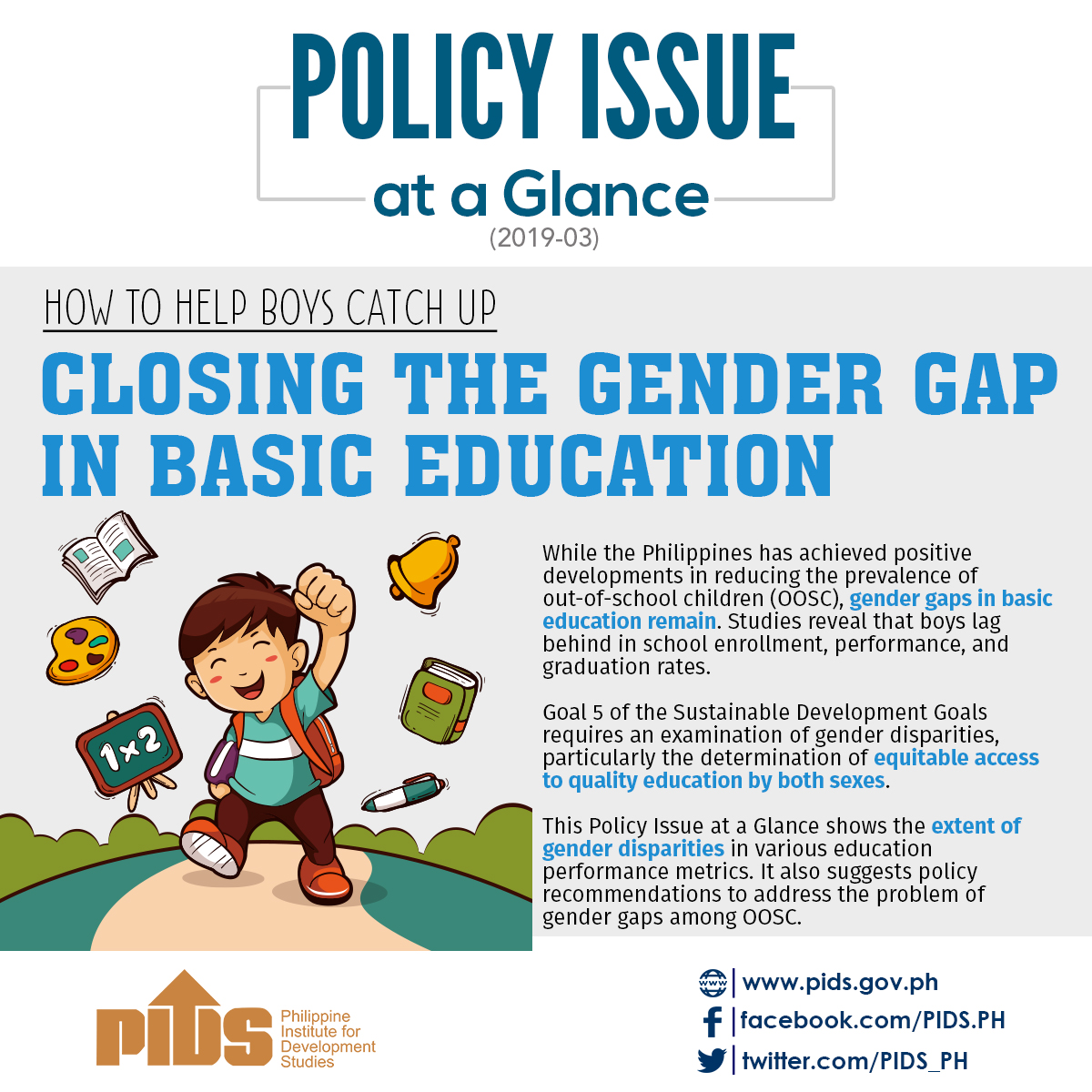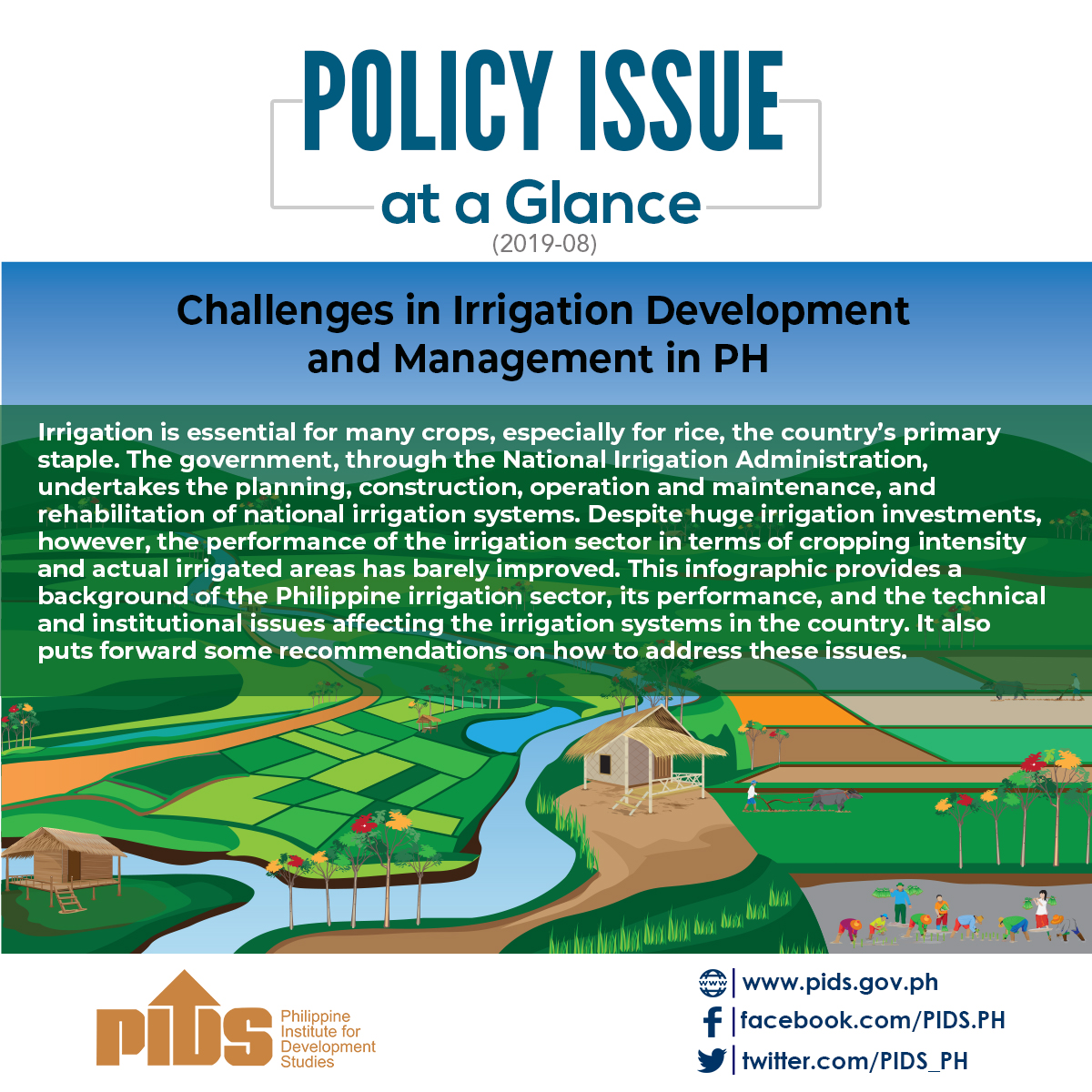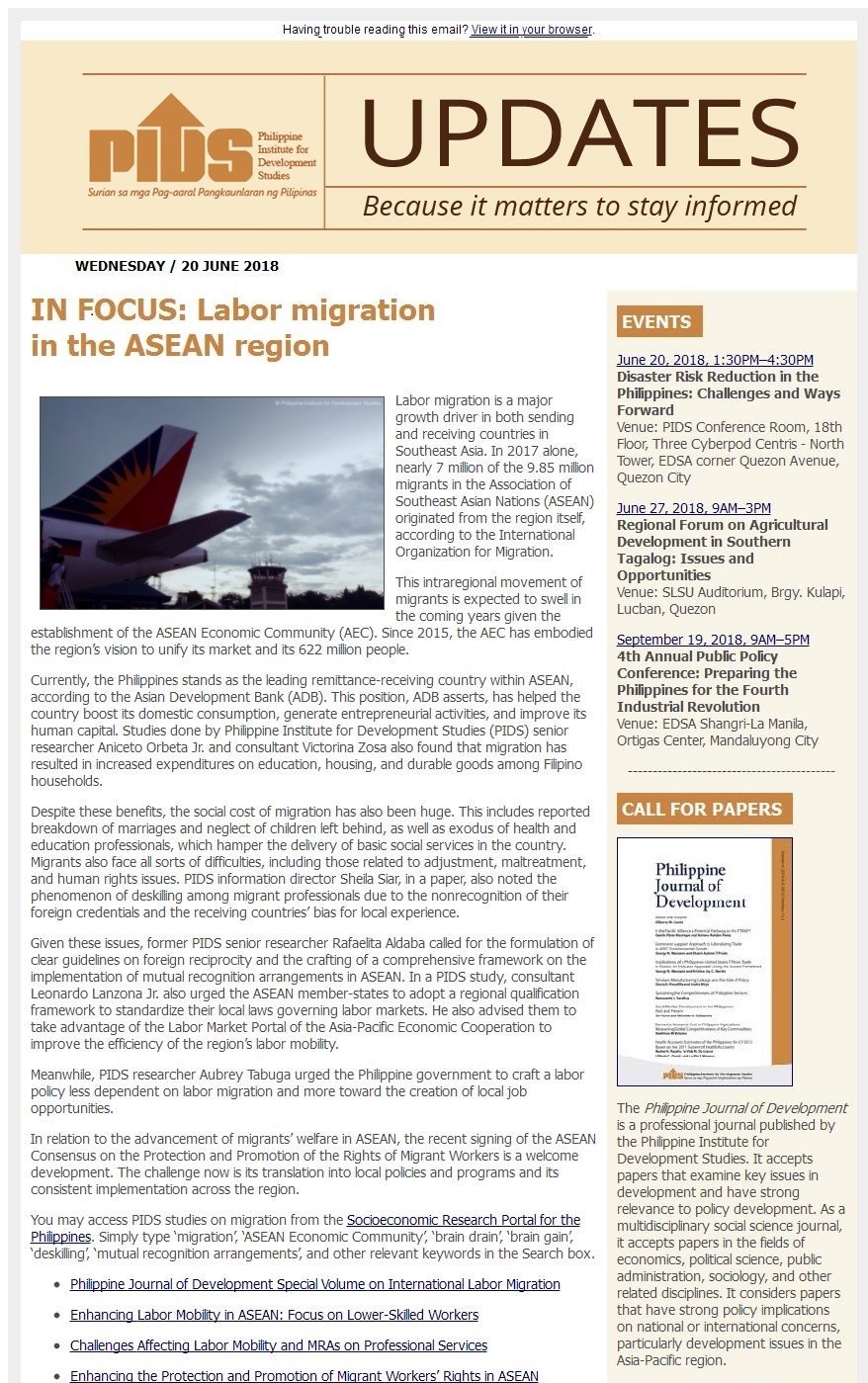
Labor migration is a major growth driver in both sending and receiving countries in Southeast Asia. In 2017 alone, nearly 7 million of the 9.85 million migrants in the Association of Southeast Asian Nations (ASEAN) originated from the region itself, according to the International Organization for Migration.
This intraregional movement of migrants is expected to swell in the coming years given the establishment of the ASEAN Economic Community (AEC). Since 2015, the AEC has embodied the region’s vision to unify its market and its 622 million people.
Currently, the Philippines stands as the leading remittance-receiving country within ASEAN, according to the Asian Development Bank (ADB). This position, ADB asserts, has helped the country boost its domestic consumption, generate entrepreneurial activities, and improve its human capital. Studies done by Philippine Institute for Development Studies (PIDS) senior researcher Aniceto Orbeta Jr. and consultant Victorina Zosa also found that migration has resulted in increased expenditures on education, housing, and durable goods among Filipino households.
Despite these benefits, the social cost of migration has also been huge. This includes reported breakdown of marriages and neglect of children left behind, as well as exodus of health and education professionals, which hamper the delivery of basic social services in the country. Migrants also face all sorts of difficulties, including those related to adjustment, maltreatment, and human rights issues. PIDS information director Sheila Siar, in a paper, also noted the phenomenon of deskilling among migrant professionals due to the nonrecognition of their foreign credentials and the receiving countries’ bias for local experience.
Given these issues, former PIDS senior researcher Rafaelita Aldaba called for the formulation of clear guidelines on foreign reciprocity and the crafting of a comprehensive framework on the implementation of mutual recognition arrangements in ASEAN. In a PIDS study, consultant Leonardo Lanzona Jr. also urged the ASEAN member-states to adopt a regional qualification framework to standardize their local laws governing labor markets. He also advised them to take advantage of the Labor Market Portal of the Asia-Pacific Economic Cooperation to improve the efficiency of the region’s labor mobility.
Meanwhile, PIDS researcher Aubrey Tabuga urged the Philippine government to craft a labor policy less dependent on labor migration and more toward the creation of local job opportunities.
In relation to the advancement of migrants’ welfare in ASEAN, the recent signing of the ASEAN Consensus on the Protection and Promotion of the Rights of Migrant Workers is a welcome development. The challenge now is its translation into local policies and programs and its consistent implementation across the region.
You may access PIDS studies on migration from the Socioeconomic Research Portal for the Philippines. Simply type ‘migration’, ‘ASEAN Economic Community’, ‘brain drain’, ‘brain gain’, ‘deskilling’, ‘mutual recognition arrangements’, and other relevant keywords in the Search box.
Philippine Journal of Development Special Volume on International Labor Migration
Enhancing Labor Mobility in ASEAN: Focus on Lower-Skilled Workers
Challenges Affecting Labor Mobility and MRAs on Professional Services
Enhancing the Protection and Promotion of Migrant Workers’ Rights in ASEAN
Protecting Vulnerable OFWs: The Case of Filipino Household Service Workers (HSWs)
The Social and Economic Impact of Philippine International Labour Migration And Remittances
From Highly Skilled to Low Skilled: Revisiting the Deskilling of Migrant Labor
Prospects and Challenges of Brain Gain from ASEAN Integration
A Probe into the Filipino Migration Culture: What Is There to Learn for Policy Intervention?
Mutual Recognition Arrangements: Smoothing the Path for “Freer” Flow of Professional Workers in the ASEAN
Diaspora: Explaining a Modern Filipino Phenomenon
Engaging the Highly Skilled Diaspora in Home Country Development through Knowledge Exchange: Concept and Prospects
This intraregional movement of migrants is expected to swell in the coming years given the establishment of the ASEAN Economic Community (AEC). Since 2015, the AEC has embodied the region’s vision to unify its market and its 622 million people.
Currently, the Philippines stands as the leading remittance-receiving country within ASEAN, according to the Asian Development Bank (ADB). This position, ADB asserts, has helped the country boost its domestic consumption, generate entrepreneurial activities, and improve its human capital. Studies done by Philippine Institute for Development Studies (PIDS) senior researcher Aniceto Orbeta Jr. and consultant Victorina Zosa also found that migration has resulted in increased expenditures on education, housing, and durable goods among Filipino households.
Despite these benefits, the social cost of migration has also been huge. This includes reported breakdown of marriages and neglect of children left behind, as well as exodus of health and education professionals, which hamper the delivery of basic social services in the country. Migrants also face all sorts of difficulties, including those related to adjustment, maltreatment, and human rights issues. PIDS information director Sheila Siar, in a paper, also noted the phenomenon of deskilling among migrant professionals due to the nonrecognition of their foreign credentials and the receiving countries’ bias for local experience.
Given these issues, former PIDS senior researcher Rafaelita Aldaba called for the formulation of clear guidelines on foreign reciprocity and the crafting of a comprehensive framework on the implementation of mutual recognition arrangements in ASEAN. In a PIDS study, consultant Leonardo Lanzona Jr. also urged the ASEAN member-states to adopt a regional qualification framework to standardize their local laws governing labor markets. He also advised them to take advantage of the Labor Market Portal of the Asia-Pacific Economic Cooperation to improve the efficiency of the region’s labor mobility.
Meanwhile, PIDS researcher Aubrey Tabuga urged the Philippine government to craft a labor policy less dependent on labor migration and more toward the creation of local job opportunities.
In relation to the advancement of migrants’ welfare in ASEAN, the recent signing of the ASEAN Consensus on the Protection and Promotion of the Rights of Migrant Workers is a welcome development. The challenge now is its translation into local policies and programs and its consistent implementation across the region.
You may access PIDS studies on migration from the Socioeconomic Research Portal for the Philippines. Simply type ‘migration’, ‘ASEAN Economic Community’, ‘brain drain’, ‘brain gain’, ‘deskilling’, ‘mutual recognition arrangements’, and other relevant keywords in the Search box.
Philippine Journal of Development Special Volume on International Labor Migration
Enhancing Labor Mobility in ASEAN: Focus on Lower-Skilled Workers
Challenges Affecting Labor Mobility and MRAs on Professional Services
Enhancing the Protection and Promotion of Migrant Workers’ Rights in ASEAN
Protecting Vulnerable OFWs: The Case of Filipino Household Service Workers (HSWs)
The Social and Economic Impact of Philippine International Labour Migration And Remittances
From Highly Skilled to Low Skilled: Revisiting the Deskilling of Migrant Labor
Prospects and Challenges of Brain Gain from ASEAN Integration
A Probe into the Filipino Migration Culture: What Is There to Learn for Policy Intervention?
Mutual Recognition Arrangements: Smoothing the Path for “Freer” Flow of Professional Workers in the ASEAN
Diaspora: Explaining a Modern Filipino Phenomenon
Engaging the Highly Skilled Diaspora in Home Country Development through Knowledge Exchange: Concept and Prospects

